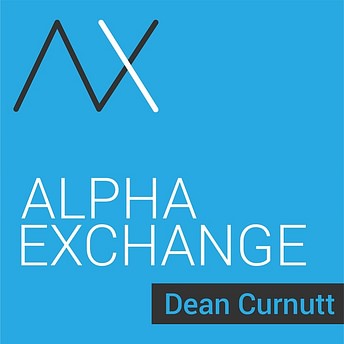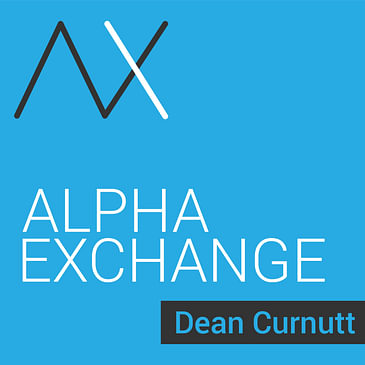After a 13-year career at CSFB where she would ultimately head the firm’s equity derivative strategy effort, in 2023 Mandy Xu moved to the CBOE where she’s now Head of Derivatives Market Intelligence and swimming in interesting, complex data sets. Our conversation surveys product innovation, going back to the first option trade ever on the CBOE, call options on July 1973 Xerox, through today’s vastly electronified ecosystem of trading in cross-asset risk exposures.
We briefly review the unbelievable short squeeze in GME from 2021, and here Mandy asserts that today’s exposures are considerably more balanced than the Meme episode in which the retail stampede engorged on call option premium. Our discussion moves to the present-day backdrop for option pricing and the potential impact of mechanical flows resulting from vol being bought and sold in the market.
Noting the substantial increase in AuM for overwriting and option income generating funds in both the mutual fund and ETF complex, Mandy is skeptical that this growth is solely responsible for the low clearing price of measures like the VIX and put skew. Instead, she points to low risk readings in other asset classes, including credit implied vol, as more likely driven by stable macro fundamentals.
We spend the remainder of the conversation on the much debated topic of ODTE and whether there’s an accident waiting to happen. In Mandy’s role at the CBOE, she sees option flow data with great granularity and in the ultra-short-dated category, she sees considerable balance in use cases across hedgers, income generators and intraday traders. The result is a healthy mix of buyers and sellers and, at least for now, a low risk of Volmaggedon 2.0.
I hope you enjoy this episode of the Alpha Exchange, my conversation with Mandy Xu.

